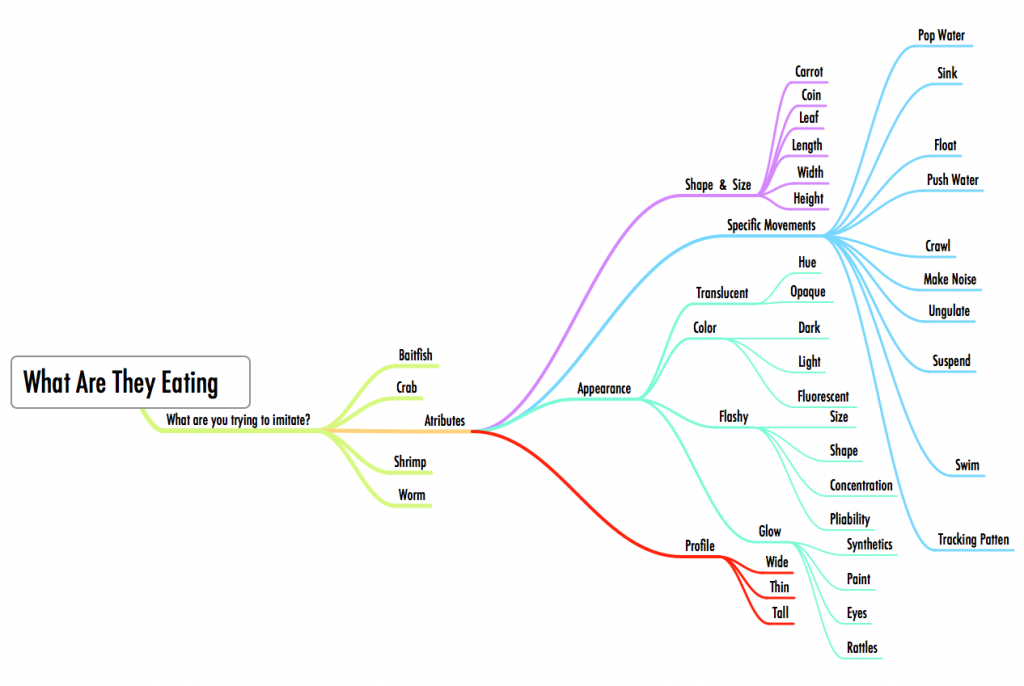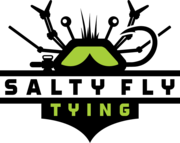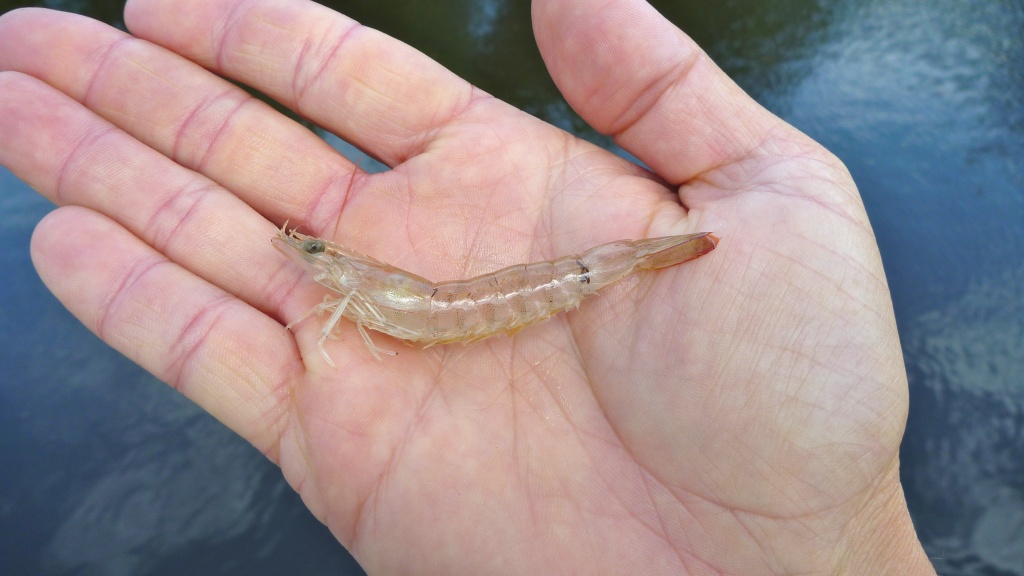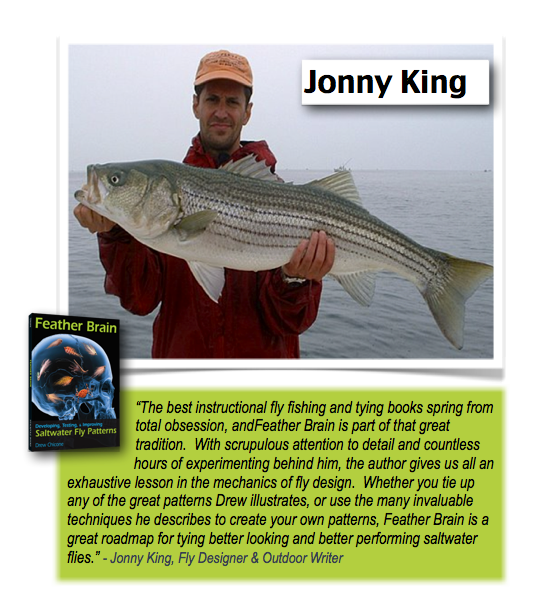Although there are how-to’s for my favorite patterns, my goal is not only to teach you how to tie a particular fly, but rather to explain how to create new productive flies and the reasons why one material may work better in a given situation than another. If you understand why historically productive patterns work so well, it will help you design flies that look cool and catch fish too. My process starts with the fish!
This is the first installment of Feather Brain by Drew Chicone. To read more about Developing, Testing, & Improving Saltwater Fly Patterns,Visit my website Salty Fly Tying to order your signed copy of Feather Brain today! $24.95 + Shipping

Analyzing feeding behavior by asking myself a few questions has shaped the way I create flies. Most of the time each question has multiple possible answers, and maybe there is no way of knowing the exact answer. However, after working through these questions, I have a pretty good idea of what types of materials I need to be lashing to the hook and what kind of hook I need to use as a foundation.
Over the next few months I will give you the basics on designing your own patterns, tying with saltwater materials, and fixing typical problems. I will also discuss my process for Developing, Testing, and Improving Saltwater Fly Patterns . As always, you can stay tuned to this blog each week as I share pieces from my book, but for the complete 176 page paperback copy of Feather Brain with step-by-step tying instructions and explanations of how I designed my 14 winning saltwater flies, and insights from nine top saltwater fly tiers, including Bob Clouser, Jonny King, Bob Popovics, and Chris Helm and many more.
Here’s what the pro’s are saying about Feather Brain:


